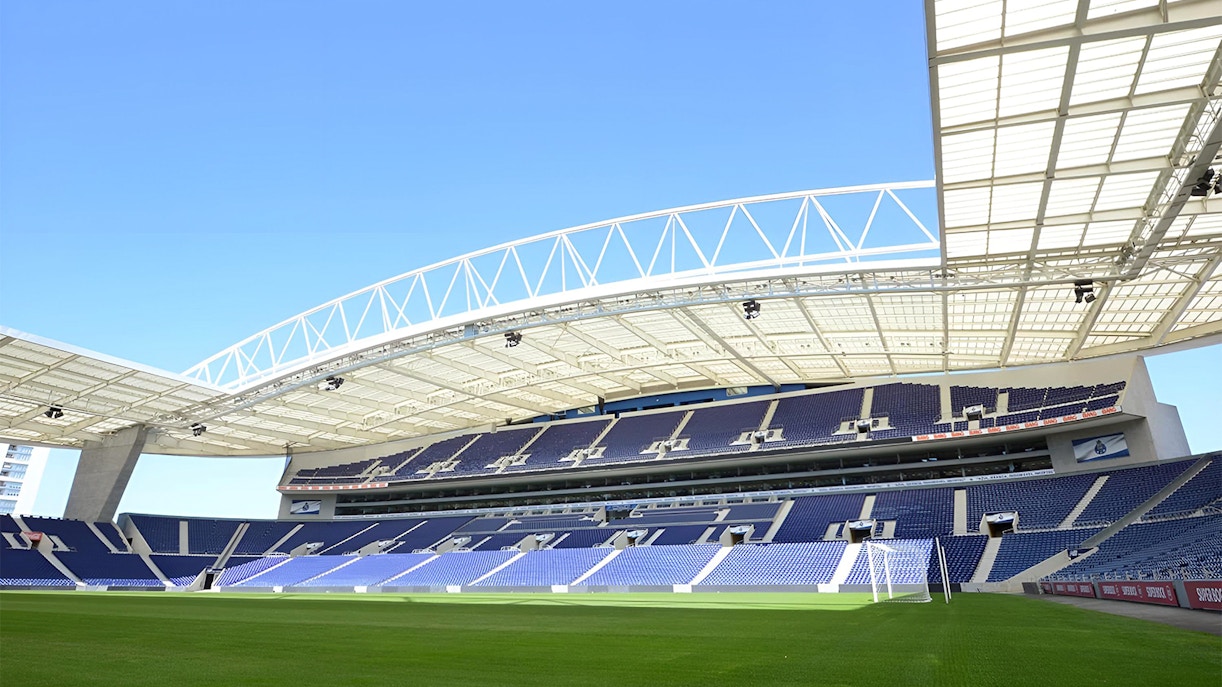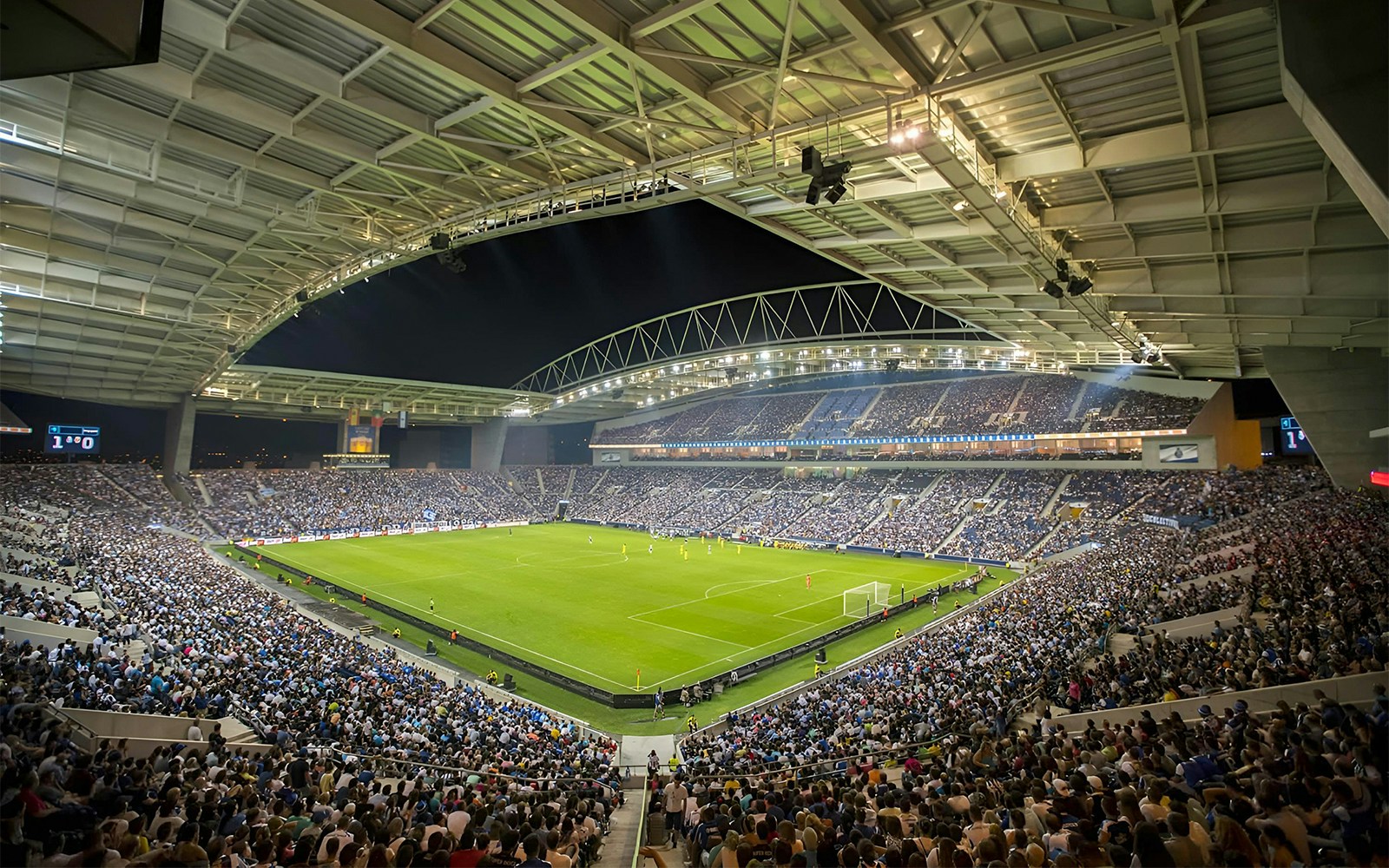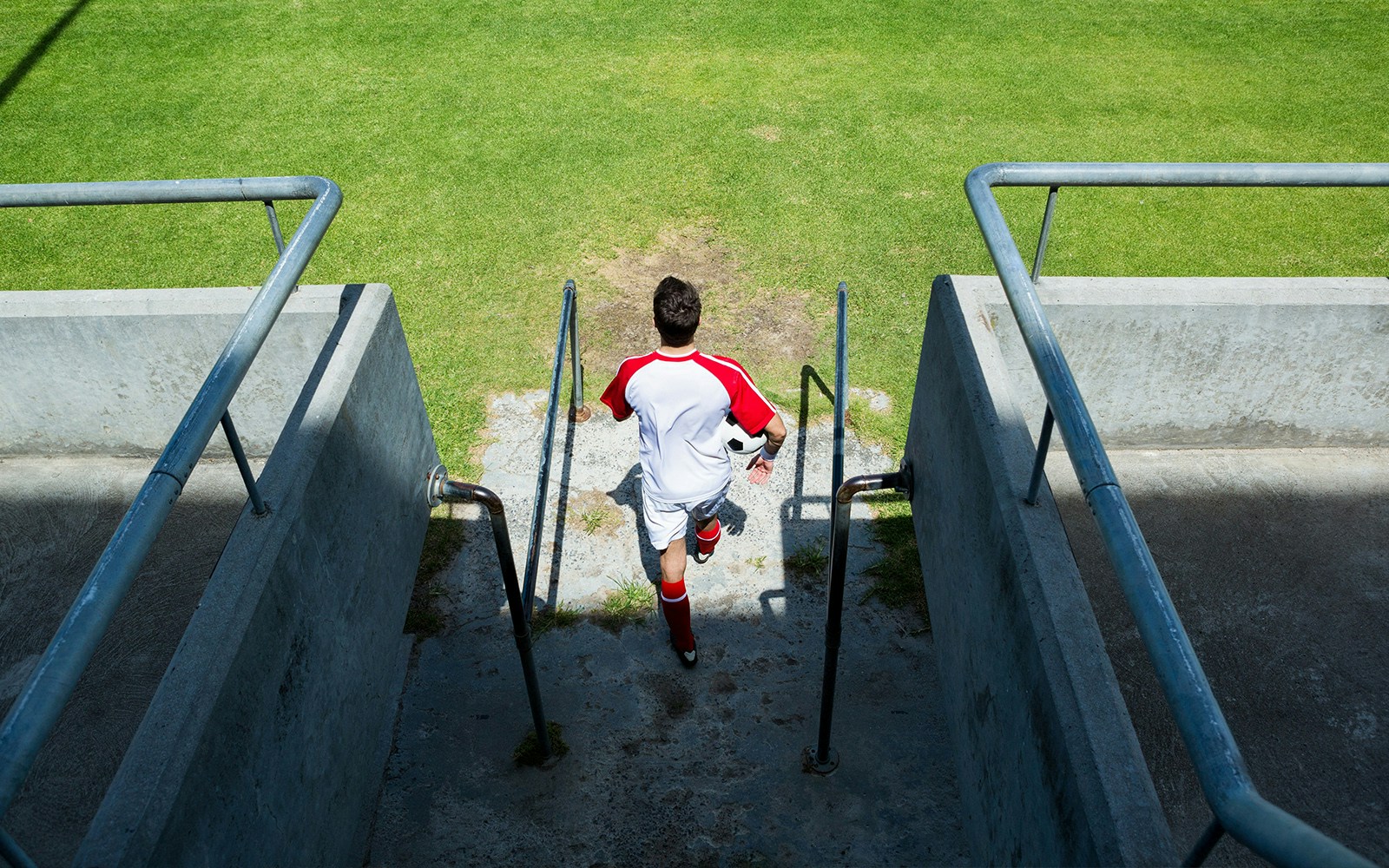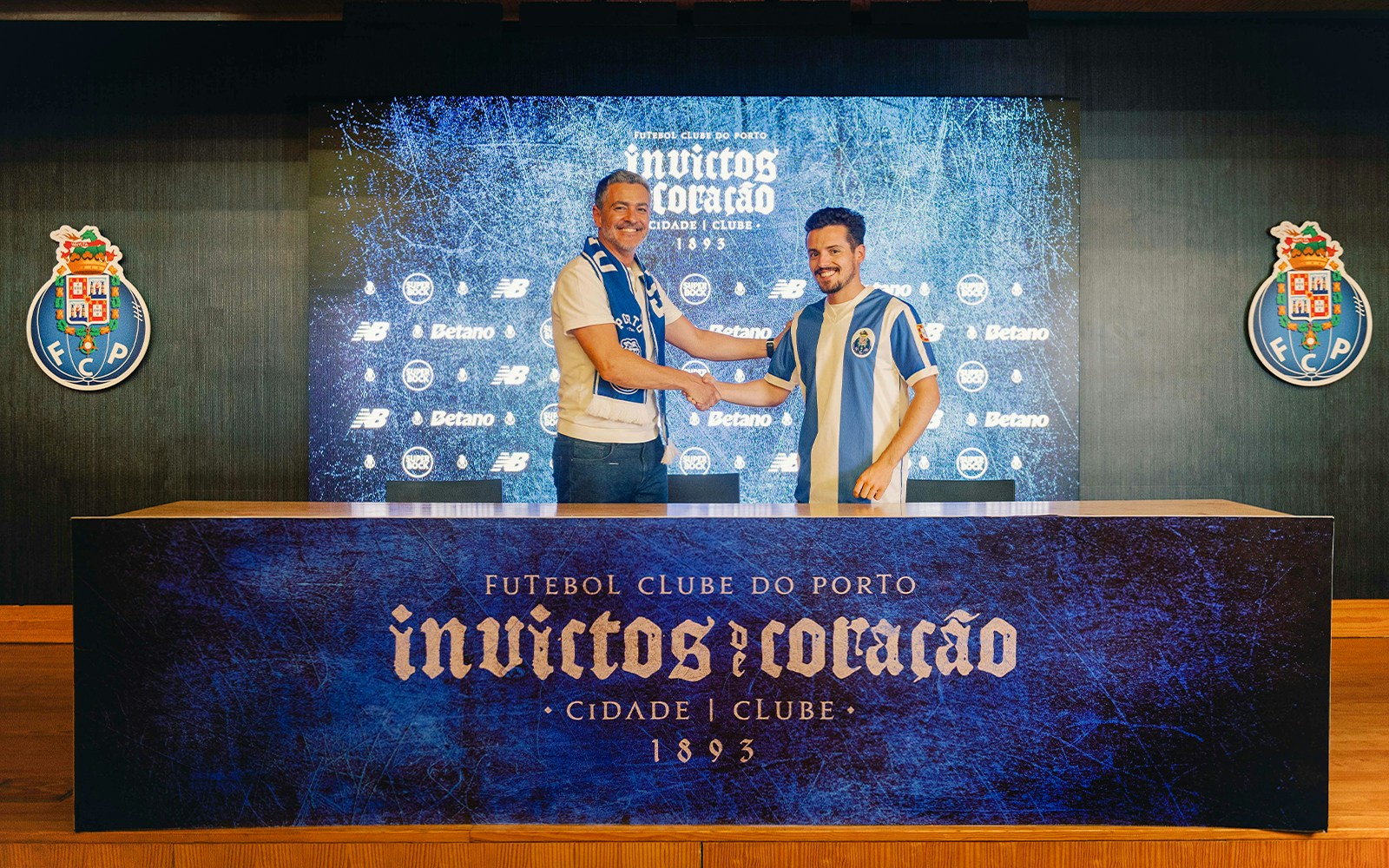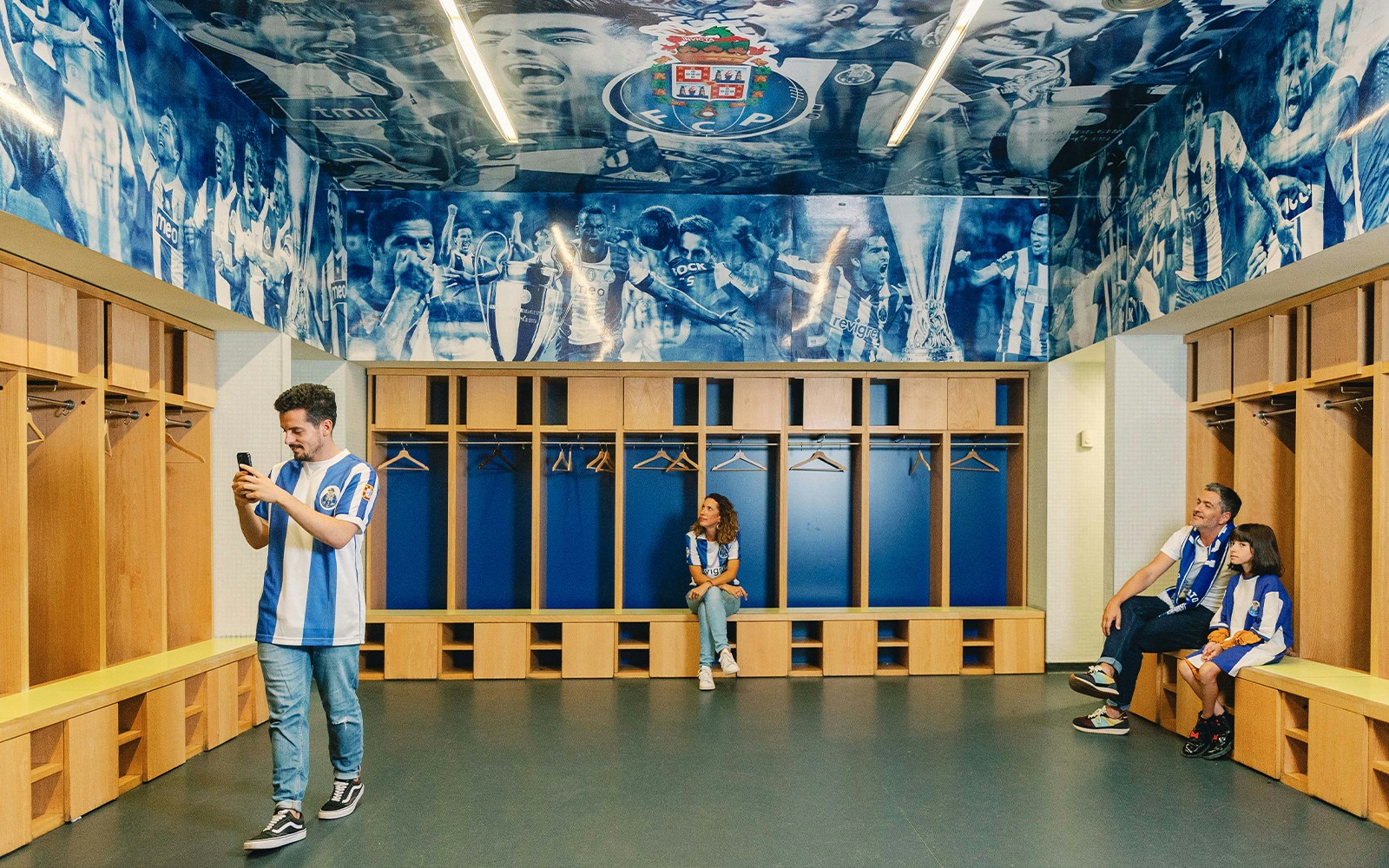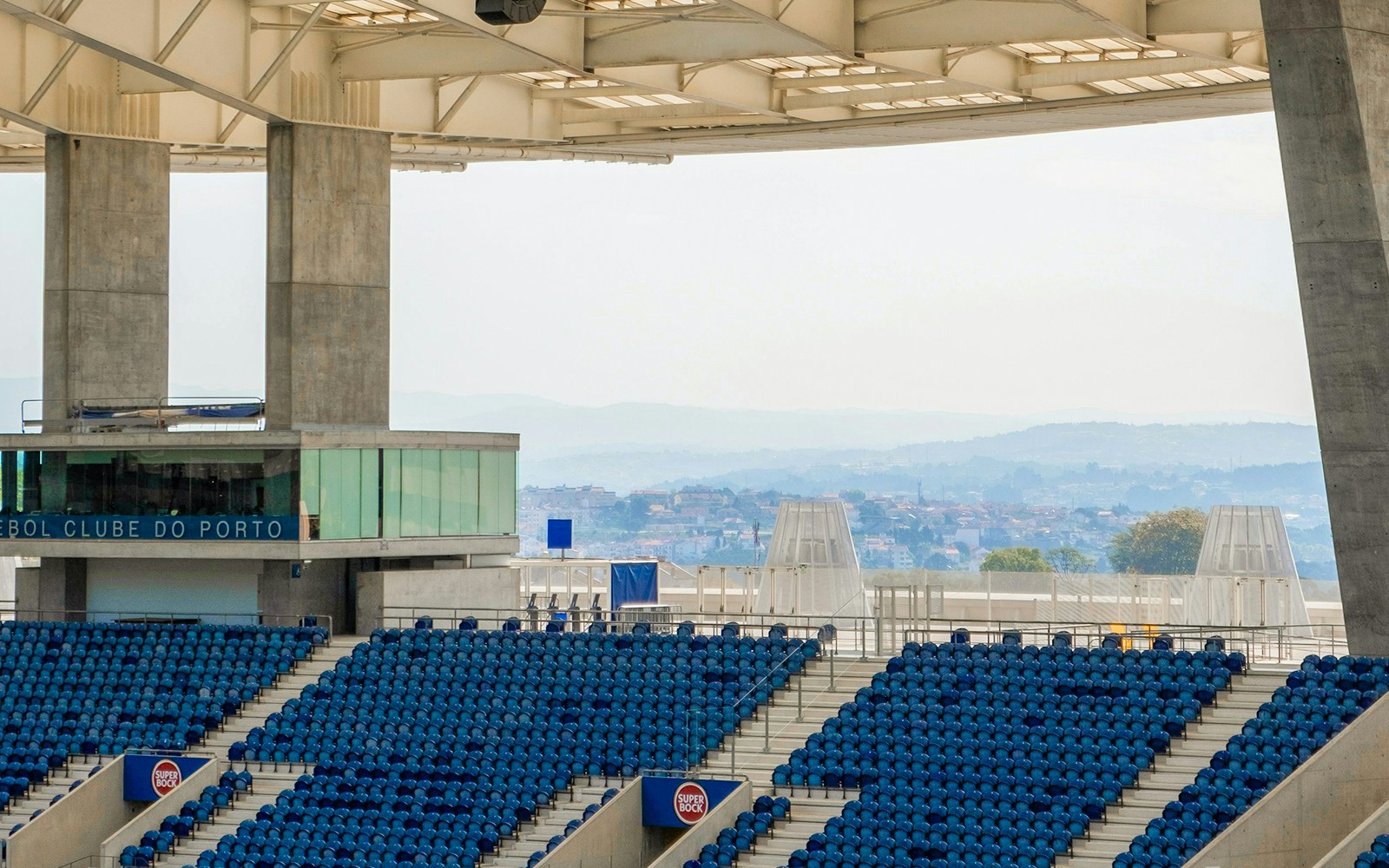Architecture of FC Porto Stadium
Dragão Stadium is a modern masterpiece that broke ground in 2001 and officially opened in November 2003. Architect Manuel Salgado crafted it with an open, elliptical design that lets natural light flood in, creating an airy, almost futuristic vibe. It replaced the historic Estádio das Antas and was built to comply with UEFA’s strict standards, especially as it played host during UEFA Euro 2004.
What stands out is the stadium’s flowing, curved roof that seems to hover above the structure like a wave. Made from translucent panels, it reflects light beautifully while sheltering fans from the elements. With a seating capacity of over 50,000, it strikes a balance between grandeur and intimacy. The use of concrete and glass gives it a clean, urban look, but it’s the careful sightline planning and acoustics that truly enhance the match-day experience. It’s not just a stadium—it’s a statement of architectural elegance.
